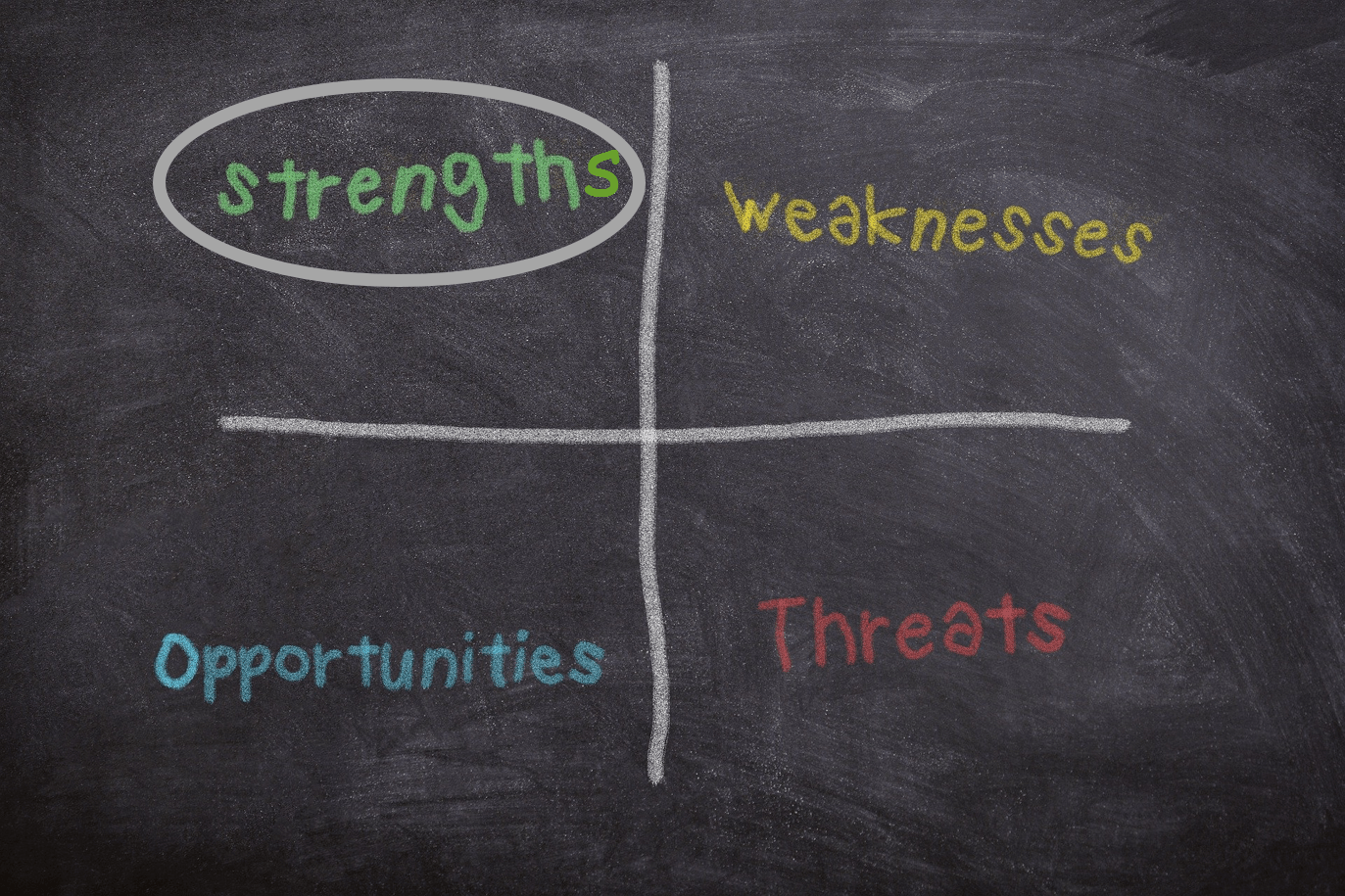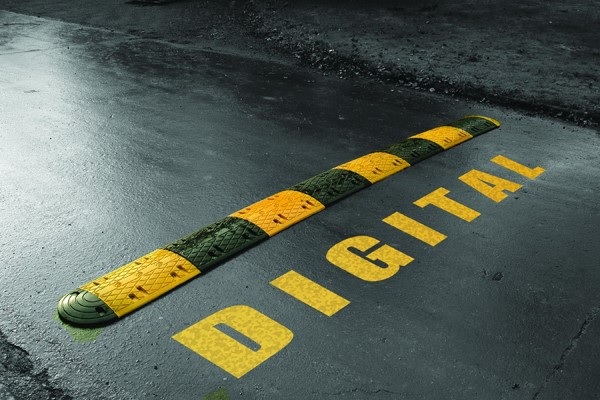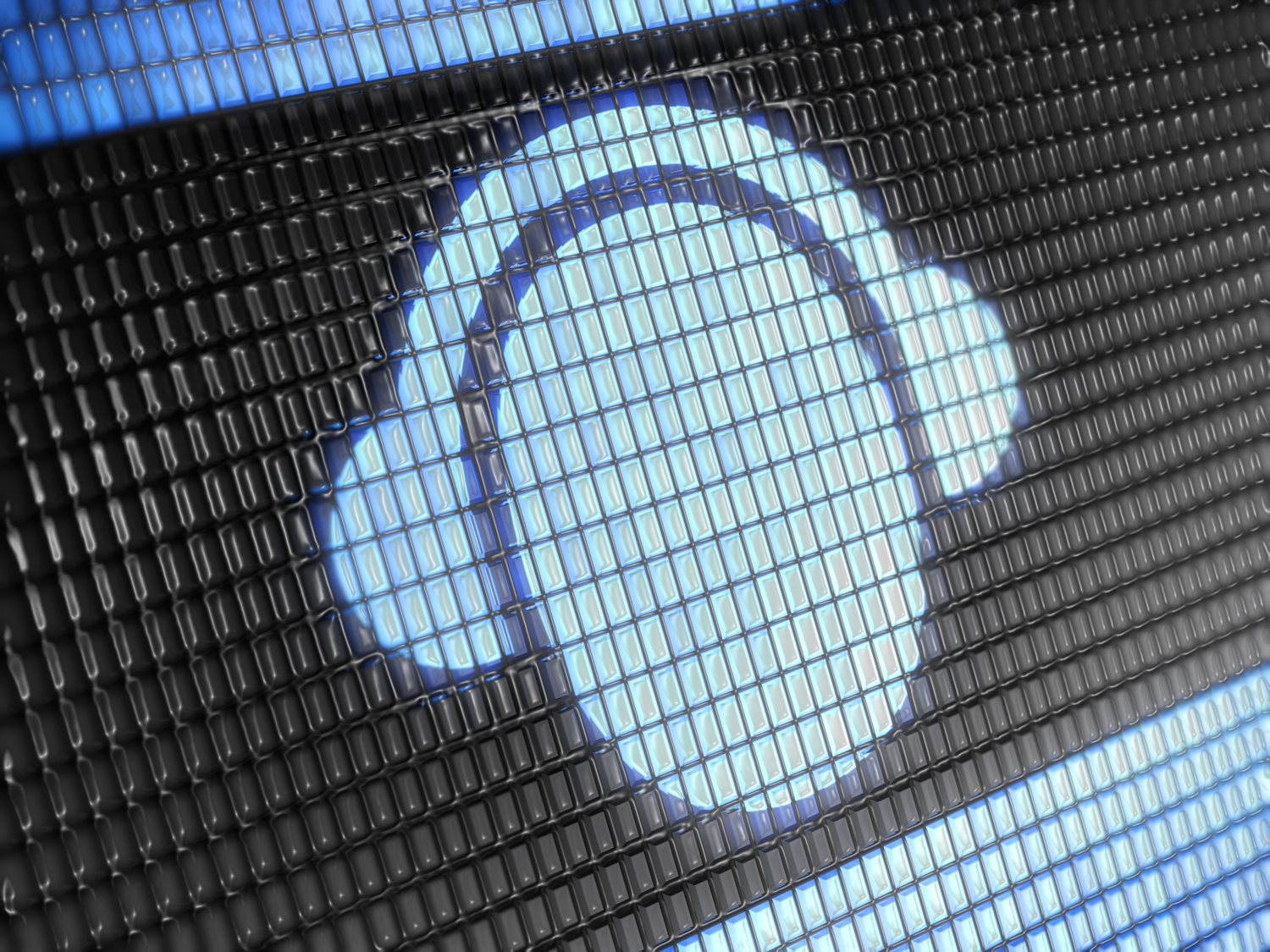
Remember way back in late March of this year? (Seems like a lifetime ago, doesn’t it?) Back then, it was like we were living in a fog. We were just beginning to get our heads around this new phase of our personal and business lives, and how everything was beginning to be affected by the coronavirus. Our businesses were closed, we began working from home, we were grappling with Zoom conference calls, and we were concerned for our families (and ourselves).
In the midst of that haze, an article appeared from a London-based research company called MIDiA that we blogged about. Their team created an analytical structure to help us understand the 4+ stages of a pandemic, and its projected impact on both our lives and the state of the entertainment industry. At that time, this was the first real clarity we had seen that laid out a rational path to our future. It provided context: you could easily see where your market was on their scale at any moment in time, but could also see the next phase, thus enabling you to plan for it.

At the time we wrote the post, most of us were in stage two: Alarm. Everything was shutting down, and in radio, cancellations began pouring in. For salespeople, it wasn’t about closing ad business – it was about closing businesses. Radio’s advertising base was literally disintegrating in front of our eyes. In my multiple decades in the business, I’d never seen anything like it, and I live in Detroit, the home of some of the nastiest economic downturns you’ve ever seen.
While it’s been a challenging couple of months, it appears we have moved through the Peak phase and are heading into Remission (NOTE: not every part of the country – or state or municipality – is in the same situation). We are hearing from clients that cancellations have been reduced to a trickle, and there is an uptick in new orders and inquiries. While radio is far from recovery mode, there is a sense that as businesses reopen, some are thinking about advertising and marketing strategies.
So should radio be expecting a return to the way things were before the pandemic?
I hope not. Before COVID-19, radio’s revenue picture had been pretty flattish for many years. The industry’s revenue base never recovered from he last economic crisis – the Great Recession. And that happened before there was significant digital competition. To compensate, many companies continued to lay off staff and consolidate operations.
Why would we want to return to that?
Two weeks ago, I wrote a guest blog post focused on radio’s need to pivot in order to fully take advantage of the moment. Here was a key line from that post:
“Gone are the days where anyone – a business, organization, or even a manager – can set it and forget it. The winners will be those who ask the hard questions about their organizations and approaches, respect but don’t be a slave to tradition, and connect with customers. COVID-19 should not signal the demise of radio’s business model, but instead, the rebirth of taking the medium’s inherent strengths, and then adapting to meet changing needs.”
As consultants, we are frequently asked to conduct S.W.O.T. (Strengths, Weaknesses, Opportunities, Threats) analyses for clients as part of their strategic planning. As we move into the Remission phase of the pandemic (and let’s hope there’s not a Recurrence phase this fall, as many scientists  are predicting), let’s focus only on the “S” – radio’s strengths. And let’s redefine them in the context of the post-pandemic reality.
are predicting), let’s focus only on the “S” – radio’s strengths. And let’s redefine them in the context of the post-pandemic reality.
And like any good S.W.O.T. analysis, I’m going to use my “colored dots” to designate the strongest of these concepts – the “STRENGTHS” that matter to radio – right now today.
Effectiveness – Advertising on radio has been – and will continue to be – an extremely efficient and efficacious way of reaching consumers. Radio works. But pre-COVID-19, a successful radio ad campaign motivated consumers to take action – mostly centered around driving traffic to stores and other businesses. But on the other side of the pandemic, what is the value of store traffic if capacity is being cut by 50% or even 75%? Or a question many local businesses are now asking themselves, “What is the value of brick and mortar?”
A recent article in The Drum spoke to this moment in time with a controversial headline: “‘Our Priority Can’t Be To Sell Advertising’ – Washington Post Rethinks Revenues In Lockdown” by John McCarthy focuses on how one of the nation’s most successful news media outlets is facing a post-COVID world. The Post‘s leadership team has been carefully analyzing their business model in light of changing client needs. And as their Chief Revenue Officer, Joy Robins, points out:
“We must establish our team as a trusted resource for our clients in order to help guide them with research and insights, and what we are seeing as the most effective ways to speak to consumers right now.”
 That’s a far cry from simply selling half-page ads to D.C. area retailers for Memorial Day Blowouts, since the majority of the Post’s clientele needs a lot more than conventional advertising right now.
That’s a far cry from simply selling half-page ads to D.C. area retailers for Memorial Day Blowouts, since the majority of the Post’s clientele needs a lot more than conventional advertising right now.
So in light of this, how might radio redefine this concept of “effectiveness” and retrofit it to today’s changing needs?
At this precarious moment in time, most local businesses have more questions than answers. And most will hold off on spending advertising dollars until they have reassurance there’s a method to their marketing madness. They don’t know if or when they should open. When will their customers (and their staffs) feel safe? When they turn on the “OPEN” neon, will customers show up? Or will they continue with the safety of shopping online?
An effective media partner will help provide those answers, precisely what the Post‘s sales marketing team is being tasked to do. Our second COVID-19 study was released yesterday. In it, we were able to identify the activities radio listeners are interested in, while we also determined the level of perceived risk for each. What emerged is a road map for advertisers that can help guide their marketing, as well as their safety and hygiene protocols. Should they immediately start marketing OR would they be better served by holding off, and working hard on their policies and messaging to build confidence among their consumer base?
Any radio station sales marketing team can do the same thing across its spectrum of clients, helping provide answers to their questions. Stations with solid email databases can begin conducting tracking surveys (as often as weekly), asking a few basic questions that can be shared with key clients in an effort to help them understand the shifting terrain.
This could be an ongoing panel (think PPM) of local consumers (yes, you’ll have to compensate them with product, discounts, and other perks) who agree to fill out your short surveys. In this way, radio can become collaborative marketing partners, helping clients understand when to advertise, as well as the most effective messaging.
That’s what being effective means today for broadcast radio. You won’t sell much advertising until the advertisers have a better understanding on their customer’s mindset. Let’s give “Effectiveness” a sticky dot.
Satisfying Customer Needs – Radio has never been shy about investing in sales consultants and adopting programs provided by companies like The Center For Sales Strategy and others. Great sales teams have always adopted the consultative sell, focused heavily on satisfying on customer needs.
Pre-COVID-19, those needs often ended culminated with selling them an advertising campaign, built around each of their strategies. Action steps often included promotions, creative recommendations, endorsements, digital, and other tactics. But they always delivered on leveraging radio’s strengths, and delivering audience to advertisers.
Today, customer needs are changing – radically. The goal used to be driving customers through the door, to the showroom, to the bar, often to talk to friendly salespeople, browse the great selections, take a test drive, have an adult beverage or two, and other actions that are so Q1 2020.
If a radio salesperson were to ask a customer their needs today, the differences would be palpable. Many clients are struggling with how to re- formulate their entire approach to deal with customers fearful about coming into contact with anyone. Many would prefer to have products or services delivered to their doors or their trunks. These days, the competition is less about the dealership, bar, or furniture store down the street, and more likely to be Amazon, Target, Walmart, and Wayfair.
formulate their entire approach to deal with customers fearful about coming into contact with anyone. Many would prefer to have products or services delivered to their doors or their trunks. These days, the competition is less about the dealership, bar, or furniture store down the street, and more likely to be Amazon, Target, Walmart, and Wayfair.
But how can you satisfy those customer needs if a business hasn’t already made investments in the digital basics: an email database, an e-commerce platform, digital advertising, social media marketing, SEO/SEM, and more? If they don’t figure this out soon, they likely won’t survive to advertise this coming holiday season.
This is where radio broadcasters can make their mark. Many stations/clusters/companies now provide a menu of digital solutions. And many clients have shared with us that despite numerous cancellations of traditional advertising these past several weeks, digital sales have held up relatively well, and in some cases, shown some growth.
Local broadcasters have conducted informational webinars for local businesses on a variety of topics, from digital strategies to customer focus. They’ve either used members of their own team, or imported specialists to participate (our jacapps team is speaking with a number of clients about mobile strategies with their advertisers).
And by the way, helping local business shore up their own digital approaches is a good investment for radio broadcasters, too. Earlier this week, Facebook announced the creation of Facebook Shops, a free storefront system enabling them to sell products and services on their massive platform, as well as on the increasingly popular Instagram. It’s early days for this program, so we won’t know if it will work out for local retailers. But life would be a lot better for radio if it can play a more meaningful role helping their customers develop a digital strategy, rather than turning things over to Mark Zuckerberg and company.
This one’s definitely sticky-dot worthy.
Local , local, local – It’s not possible to even think about radio’s strengths without circling the power of local connectivity under the “STRENGTHS” column. In fact, I’m sticking one of my “dots” on this piece right now because of its import. Sure, Facebook can help get them online, but who can talk about a local business with knowledge, context, persuasiveness, and authority better than a local radio station?
On the other side of this emergency, being local has to mean more than having a human in the air studio doing time and temp checks. It means  partnering with clients to help them navigate the changes of the local marketplace, including everything from changing laws to flagging store traffic.
partnering with clients to help them navigate the changes of the local marketplace, including everything from changing laws to flagging store traffic.
It translates to creating local-oriented solutions to help hometown businesses, ranging from developing an e-commerce platform that can be licensed, to local digital guides with listings about revamped store hours, links to websites and location information, on-air and social media content designed to inform the audience in new and different ways about the local businesses that are open and the stories they can tell.
It means re-investing in creative, because the days when radio can function as a production house will be valuable once again.
In other words, stations have the opportunity to become bona fide champions of the local business community in new and different ways, forming true partnerships that transcend sixty-second commercials, endorsements, and remotes. Many stations have started this process with “Operation Gift Card” promotions for restaurants, as well as programs that support local businesses during this stressful time.
Yes, it merits one of my dots.
Local talent that matters – Yes, I’m more than aware the talent ranks have been depleted across hundreds, if not thousands, of stations around the  country. Still, great stations have staff members who have influence, credibility, and the ability to deliver an effective, persuasive message. This has always been a radio “STRENGTH,” but has become under-valued, over-used, and poorly marketed.
country. Still, great stations have staff members who have influence, credibility, and the ability to deliver an effective, persuasive message. This has always been a radio “STRENGTH,” but has become under-valued, over-used, and poorly marketed.
The pandemic can be a great time to do a re-set on these programs, because they have impact – if deployed strategically. That means not giving them away, being selective with appropriate clients, and working with talent, rather than handing them a sheet of paper with copy points.
No one else – Pandora, Spotify, SiriusXM, Facebook, Amazon, Google – none of them – has this asset, especially on the local level where it matters most. Yes, this one gets my last colored dot.
Times are not only challenging for radio right now, they’re tough for everyone. And there are going to be more speed bumps along the way. None of us has ever been through anything quite like this before, and there’s no playbook. It’s up to us to write one.
But what we can rely on is to take the strengths we know our business has, build on them, and redesign them to ensure they’re in-sync with local businesses needs. But radio also has to be agile, because there will be many more twists and turns along the way. Needs are going to shift many times, which will create turmoil, but will also create opportunity.
It’s going to be a helluva ride, but let’s build upon the “S” in our S.W.O.T. and do more than just return to normal, but return stronger.
- For Radio, Will It Be Christmas In April (And Hopefully, May)? - April 21, 2025
- The Revolution Will Not Be Monetized - December 30, 2024
- What Kind Of Team Do You Want To Be? - October 4, 2024




I’m a bit out of the loop here so my comments are more speculative than usual.
Paul, as usual you’re spot on right.
Radio has a real opportunity to act as a full service agency for small/medium sized businesses, particularly brick and mortar ones. Is it up to the task? Do typical radio/multimedia sellers really understand how each service they sell works, how they can be leveraged with other media to create better results than they would separately? Do they understand the metrics behind all of them well enough to distill them into something actionable for nervous clients who have had their world’s and livelihoods turned upside down?
There’s real potential here – and it isn’t in shifting impossible to reach radio quotas to impossible to reach digital quotas. Radio clusters should equip themselves to be ad hoc agencies for their clients – really and not just window dressing. They should have someone who gets paid to monitor and maximize results.
I can’t imagine selling this to radio companies who’s reaction to every challenge is to fire people. But someone should try. Huge programming cuts are inevitable and what local content still exists will be cut back – but a simultaneous investment in helping customers navigate this rocky landscape blindfolded could really pay off.
Retailers really need help – hanging out an “open for business” sign wont’ be enough for most of them. I hope radio steps up its game and assumes a leadership position here.
Bob, thanks as always for a great comment. The fact is, many radio companies have created standalone digital agencies, and it’s not just the big guys. Hubbard Radio created 2060 Digital several years ago and its a huge success. But broadcasters in small markets – Mid-West Family, Zimmer, and Guarranty (Baton Rouge) – also have strong, credible agencies. In some cases, these are completely separate businesses that intersect with radio, but have their own P&L, sales staffs, and most importantly, market their services to non-radio advertisers. These visionary solutions are really helping these companies during both normal and abnormal times.
We are firm believers in the premise that out of challenges arise opportunities. We started our mobile app company – jacapps – in November, 2008 as the economy was cratering. We hear stories of some pretty innovation taking place across business sectors. Let’s hope the radio industry is taking the time to do at a higher level what I attempted to do with this post – look at our strengths and re-imagine them for the new reality, and identify opportunities, even if they don’t include selling advertising or are measured by Nielsen, and go for it.
My hope is we look back on this period as a time that vaulted our industry into a great new future.
Paul, strong vision-piece for recovery. “Why would we want to return to that?” is my favorite line. 🙂
Thanks, Ron. I actually put a lot of thought into that comment. It’s so easy to be satisfied with returning to “normal,” but a better version than normal should be our aspiration. Radio has challenges (like most “traditional” media). So, what can we do to re-imagine our value proposition and the way we define success in order to turn this into a long-term growth opportunity?
I’m glad it had the desired impact.
No longer missing baseball…just experienced a major home run. Thanks !
Thanks, Tom. I do miss baseball. A lot. But I also appreciate your comment. Lots of upside for radio. Let’s strap it on, be creative, stick to what has always worked, but aggressively go beyond that to re-invent the industry to do even bigger things.
And hit more home runs!
Be well.
Getting to this late Paul. Very good stuff, esp the database usage. Thanks!